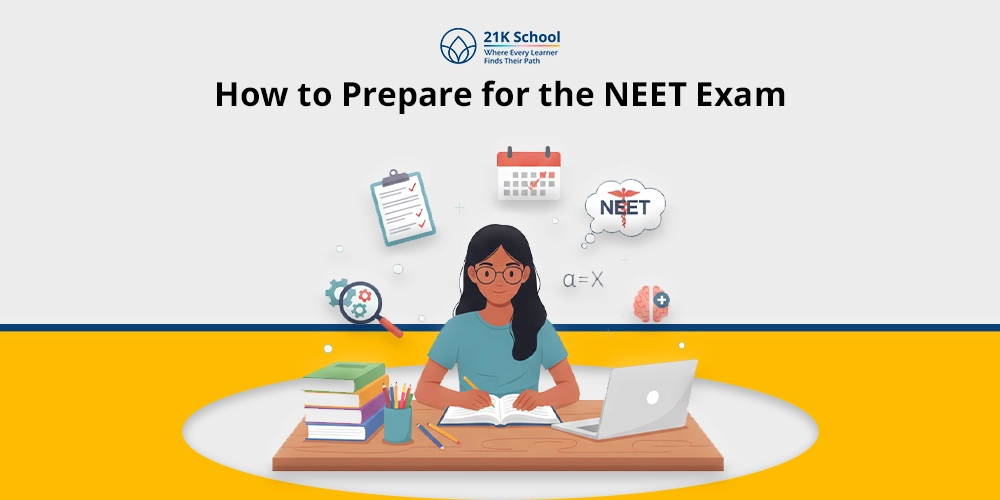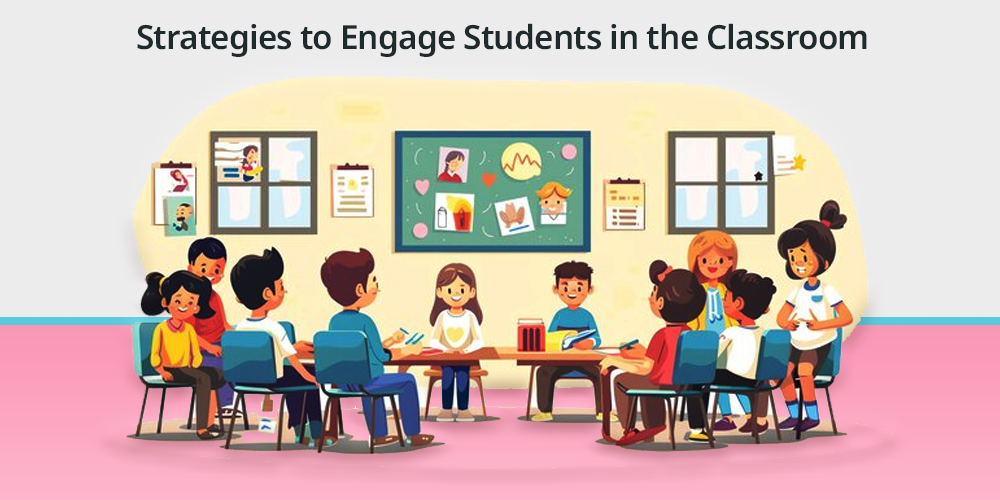
Teachers play a crucial role in influencing students’ lives. They use various methods to keep students engaged and make the class interactive. However, teachers sometimes find it difficult to attend lectures in the classes.
The demanding nature of the classroom could bring on this problem or just the fact that students become distracted easily.
Sometimes teachers find it difficult to maintain the same level of pace to ensure that the study sessions are both enjoyable and effective.
To encourage and improve academic performance it is essential for students as well to be actively involved in the classroom. It is very challenging to implement students’s concentration by focusing on discipline.
To get students interested in learning this can be implemented with a variety of engaging and unique strategies. Which allows students to achieving flow in education.
Contents
- What is Student Engagement?
- Interactive Teaching Strategies to Engage Students in Classroom
- Use of Technology and Multimedia
- Collaborative and Peer Learning Strategies
- Personalizing Learning Experiences
- Creating a Positive Inclusive Environment
- Active Assessment and Feedback Strategies
- Overcoming Engagement Challenges
- Conclusion
What is Student Engagement?
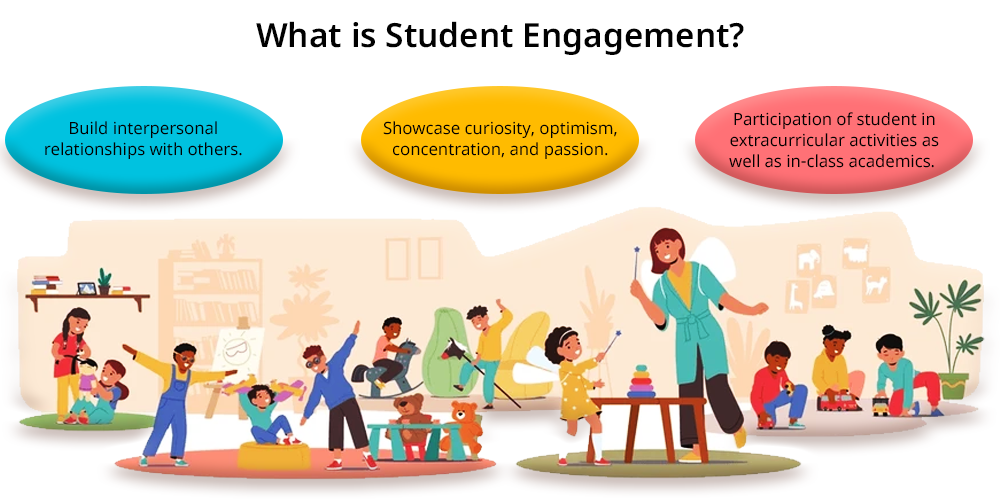
Student engagement is the ability of a student to stay focused learn and build interpersonal relationships with others and towards education and school.
Best practices can be helpful in implementing participation and activeness of a person or student in extracurricular activities as well as in-class academics.
It is a level of students in which they showcase curiosity, optimism, concentration, and passion that allows students to learn and succeed academically.
However, sometimes students find it difficult to maintain engagement in classes due to a lack of interest and motivation.
Class engagement can be implemented by teachers through interactive class processes and development. Parents view on education is also very necessary to enhance quality education.
Proper cognitive development of kids as well as emotional well-being allows having proper attention in class and enhance class engagement.
Interactive Teaching Strategies to Engage Students in Classroom
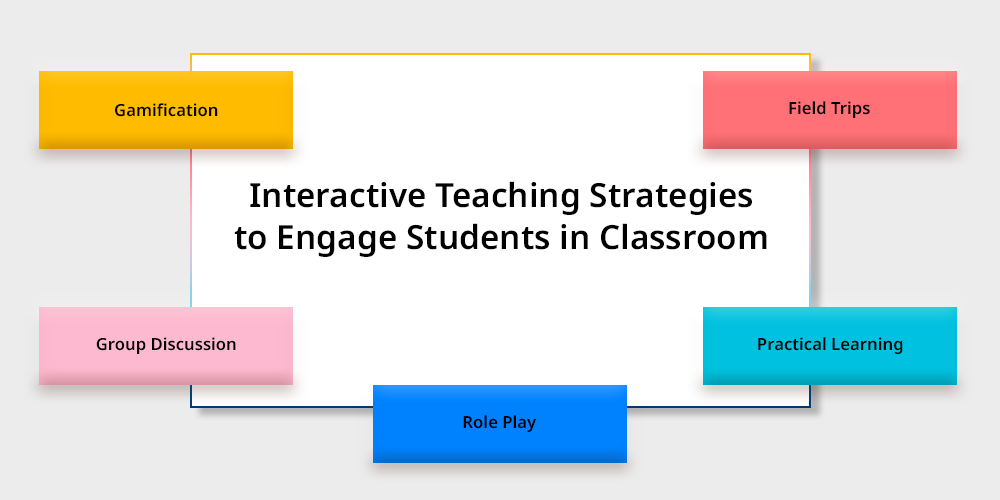
Engagement strategies can be implemented by implementing or advancing some teaching strategies that allow kids to stay motivated and concentrated.
The learning process can be improved and made more effective, meaningful, and engaging with the correct combination of active learning techniques.
Below, you can check the interactive teaching strategies that allow kids to stay engaged in the classroom.
1. Gamification:
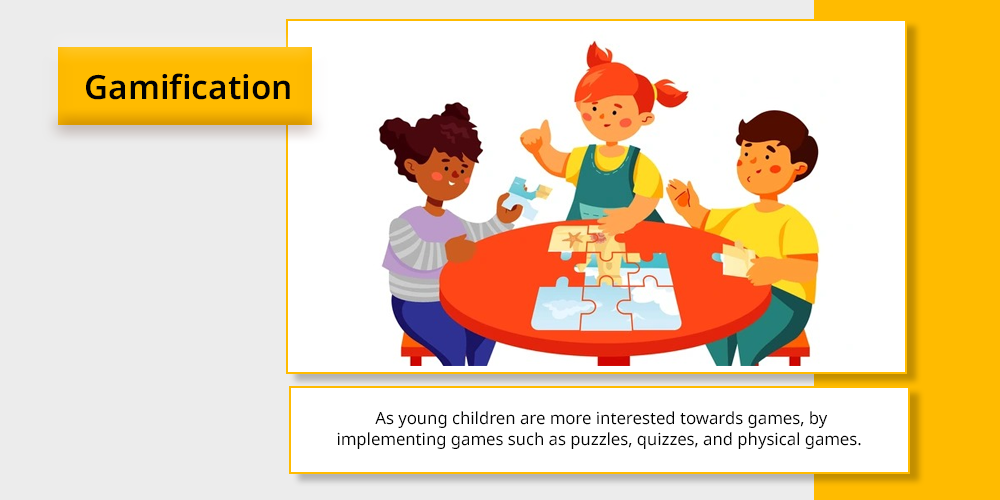
Gamification in the classroom is one of the effective teaching strategies to engage students engagement.
As young children are more interested towards games, by implementing games such as puzzles, quizzes, and physical games.
These methods improve motivation, and learning outcomes by putting students in a competitive interactive setting.
2. Group Discussion:
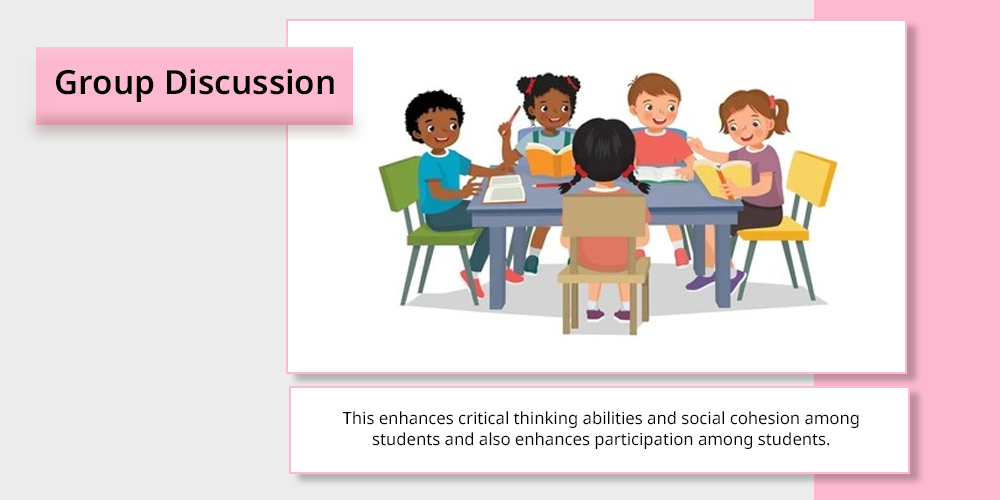
Group discussion is one of the effective ways of engaging students in the classroom. Teachers can conduct debates and discussions that allow kids to boost their confidence.
This enhances critical thinking abilities and social cohesion among students and also enhances participation among students.
3. Field Trips:
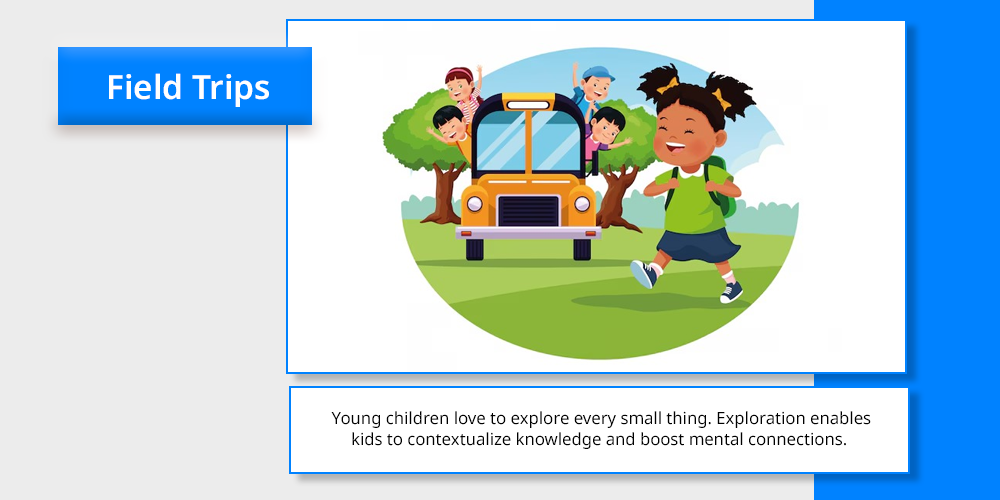
Young children love to explore every small thing. Exploration enables kids to contextualize knowledge and boost mental connections. Site visits and field trips help students relate to real-world learning.
This allows students to gain practical skills they may want to pursue further as well as helps in building careers or causes they may want to support.
4. Practical Learning:
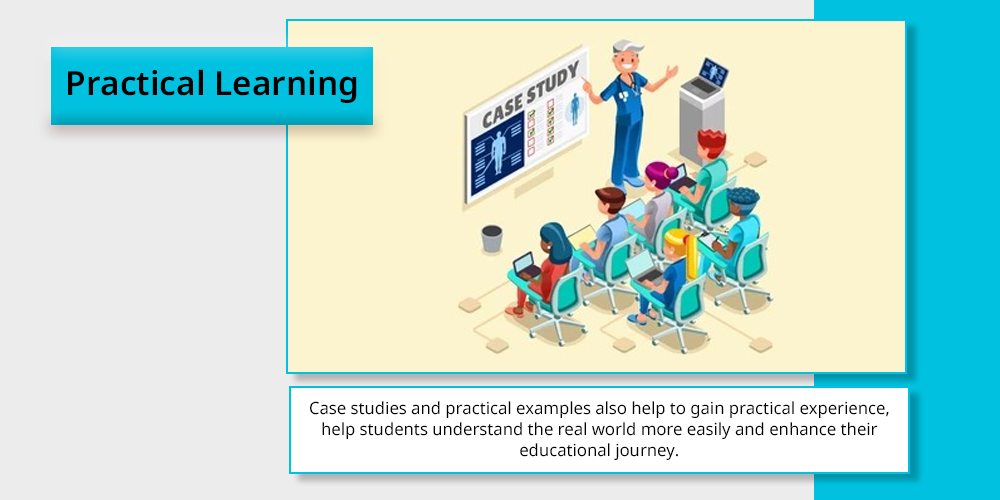
Practical learning allows kids to gain hands-on experience which makes students more active and helps in understand concepts more easily.
Case studies and practical examples also help to gain practical experience, help students understand the real world more easily and enhance their educational journey. This initiative helps in engaging students more frequently.
5. Role Play:
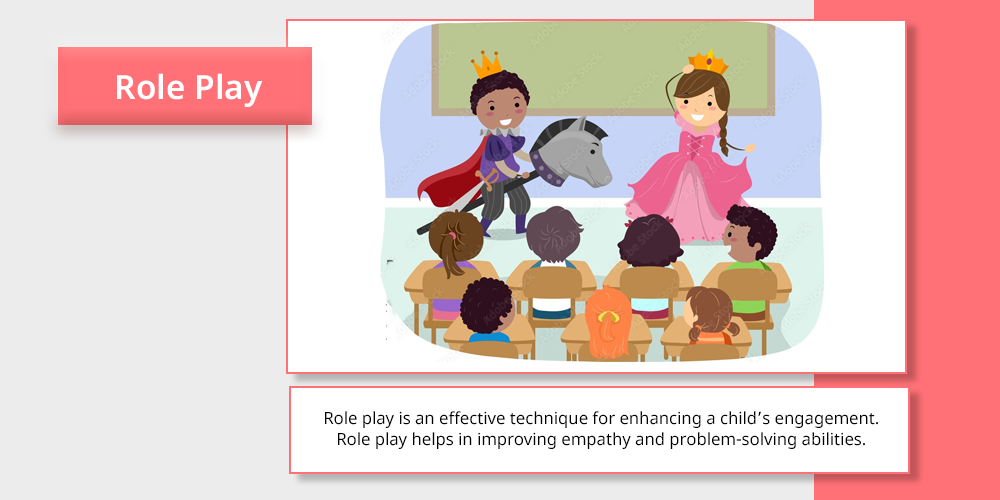
Role play is an effective technique for enhancing a child’s engagement. Role play helps in improving empathy and problem-solving abilities.
Students learn to navigate complex situations and acquire insights into various viewpoints through role-playing. This allows kids to stay more engaged and allows them to effectively concentrate on their studies.
Use of Technology and Multimedia
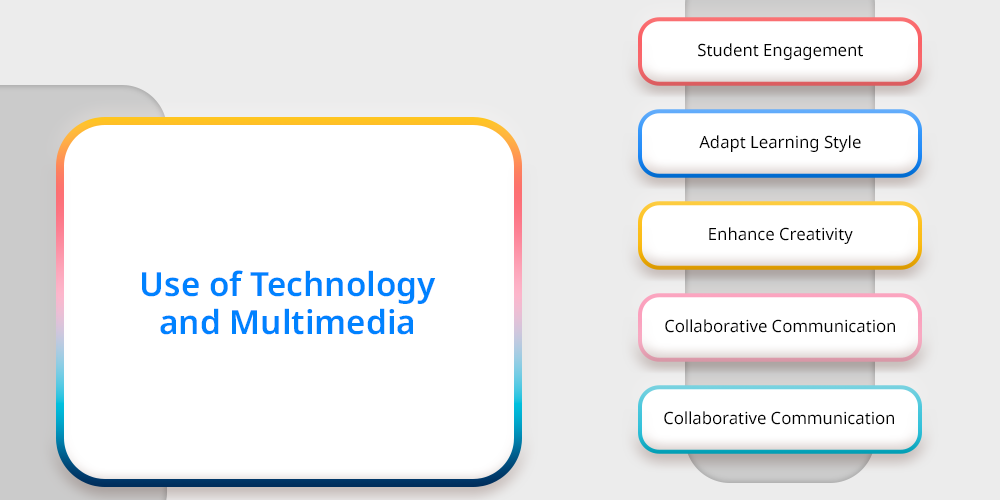
Technology and multimedia a crucial parts of developing modern education.
Combining technology and multimedia effectively in higher education helps to improve the learning process and make it more dynamic, interesting and successful.
It enables educators to present course, in a variety of formats that accommodate diverse learning preferences and styles which eventually leads to a more individualized and successful learning experience for students.
By using this initiative students can achieve quality education at fingertips. Below you can check how technology and multimedia are effective in implementing education.
1. Student Engagement:
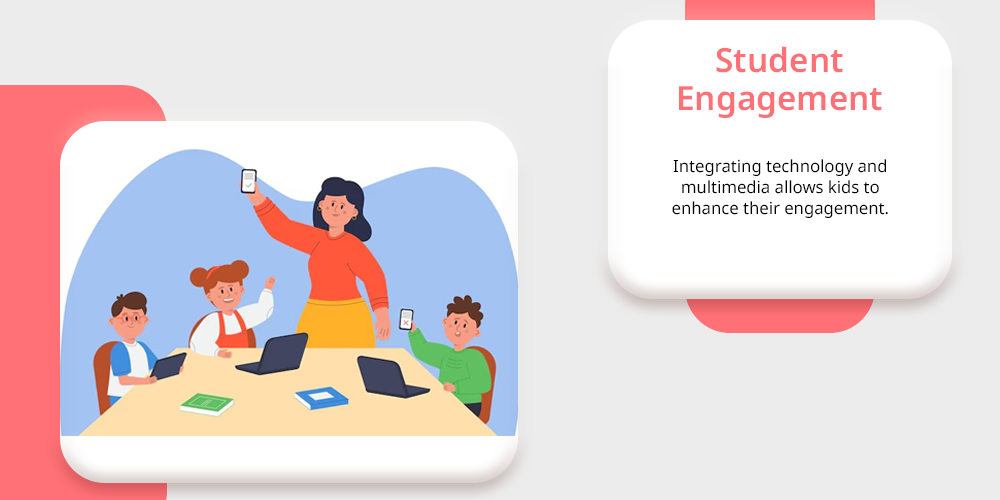
Integrating technology and multimedia allows kids to enhance their engagement.
As technology provides them interactive learning experiences it becomes beneficial for students and teachers as well to develop a strategy that allows them to become more active towards education as online schools provide quality education.
2. Adapt Learning Style:

Educators can use technology to differentiate their instruction and adapt content to the learning styles of their students.
Additionally, students can work at their own pace with the help of technology. This allows more students to get engaged in life-long education.
3. Enhance Creativity:
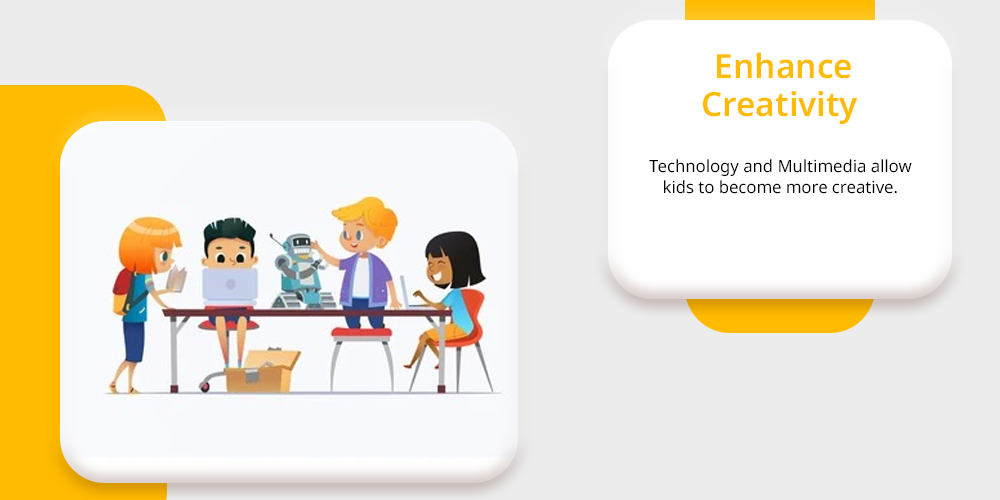
Technology and Multimedia allow kids to become more creative. Through technology, they can create various projects and prototypes using technology, which helps them to become innovative and creative.
4. Collaborative Communication:
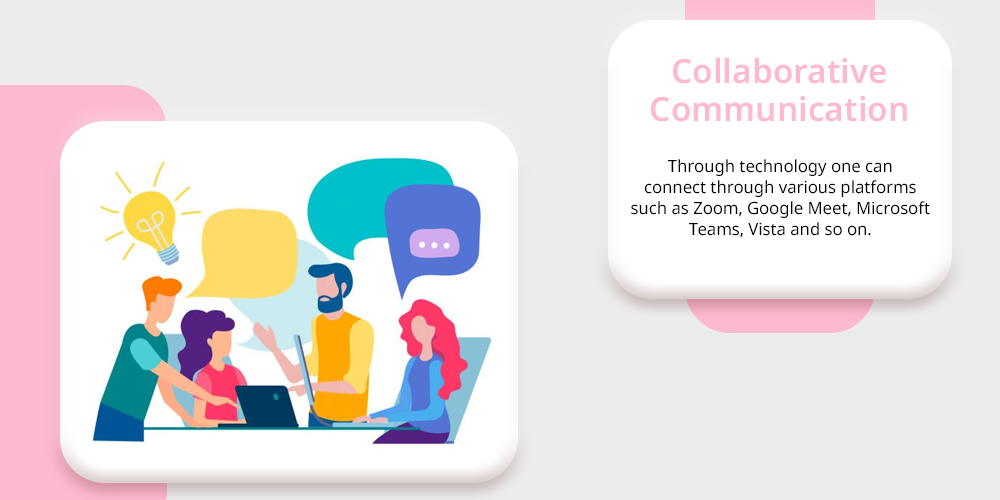
Technology can enhance technical communication skills and collaboration. Through technology one can connect through various platforms such as Zoom, Google Meet, Microsoft Teams, Vista and so on.
This allows students to understand the importance of teamwork and helps in gaining practical exposure.
5. Fun Learning:
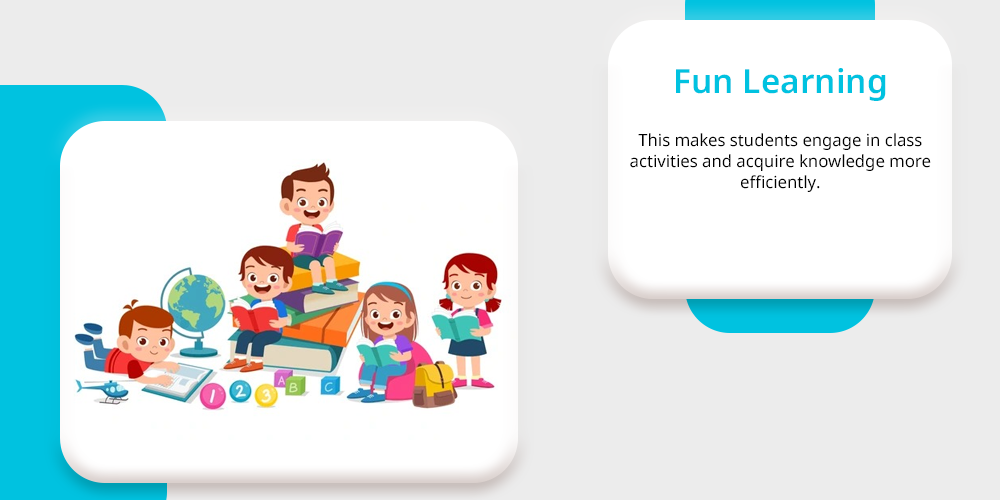
Integrating technology and media in the classroom allows kids to have proper attention. This promotes dynamic education and technology makes the active learning experience more fun and enjoyable.
This makes students engage in class activities and acquire knowledge more efficiently.
Collaborative and Peer Learning Strategies
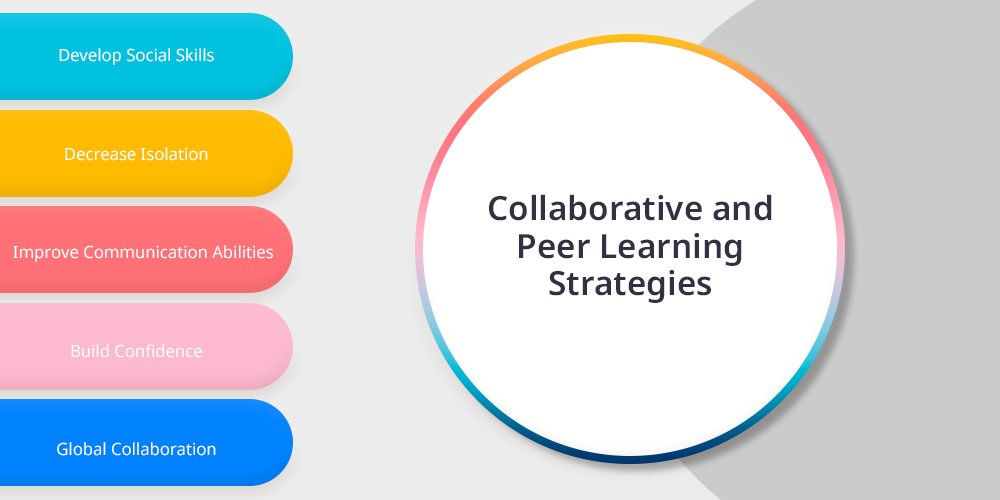
Peer-to-peer learning strategies are a way for students to learn and teach in the classroom with the assistance of their teachers or students.
This approach is a collaborative method in which one individual is instructing another as an equal known as peer-to-peer learning or collaborative learning.
Below you can check the collaborative and peer instructional strategies.
1. Develop Social Skills:

Peer-to-peer education or collaborative method helps in developing social skills.
Peer-to-peer learning fosters cooperation, friendship and unity among students, which makes students understand the importance of socialization for a positive outcome.
2. Decrease Isolation:
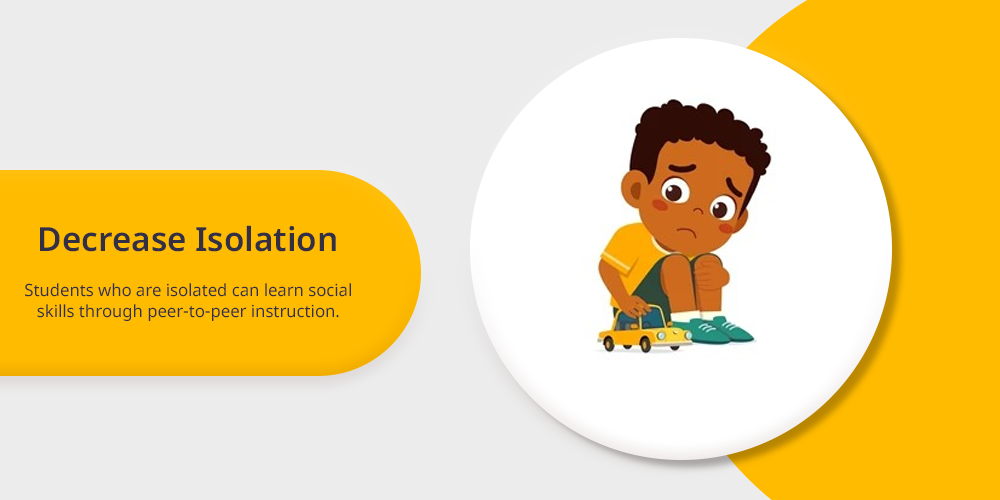
Students who are isolated can learn social skills through peer-to-peer instruction.
They develop social insights and become more involved with others as a result. Additionally, this helps kids become more self-assured and focused.
3. Improve Communication Abilities:
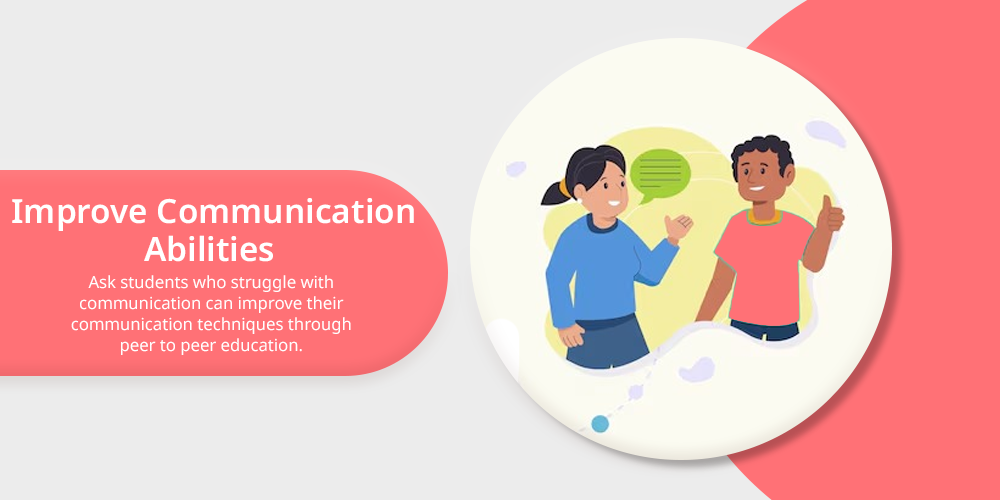
One of the effective ways of building communication skills among students is by implementing peer-to-peer education and collaborative methods.
In order to talk more confidently, ask students who struggle with communication can improve their communication techniques through peer to peer education.
4. Build Confidence:
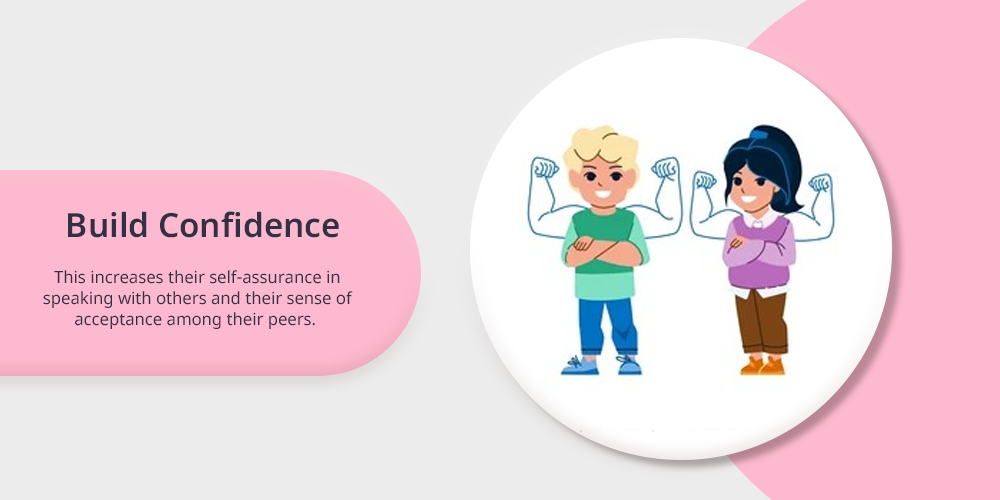
One of the effective features of promoting collaborative learning is confidence.
Students participate in collaborative learning through peer-to-peer education enables them to exchange ideas concepts and other thoughts.
This increases their self-assurance in speaking with others and their sense of acceptance among their peers.
5. Global Collaboration:
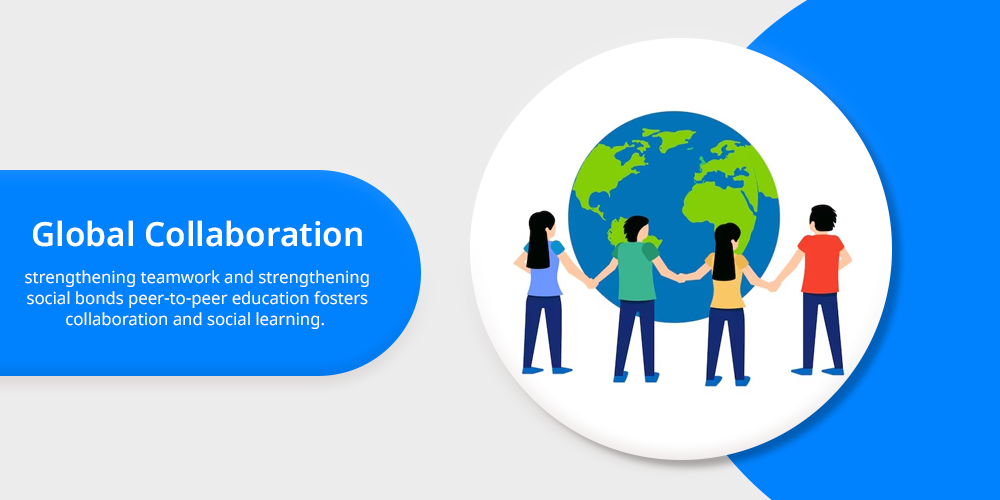
By promoting peer-to-peer interactions developing empathy and understanding strengthening teamwork and strengthening social bonds peer-to-peer education fosters collaboration and social learning.
Personalizing Learning Experiences
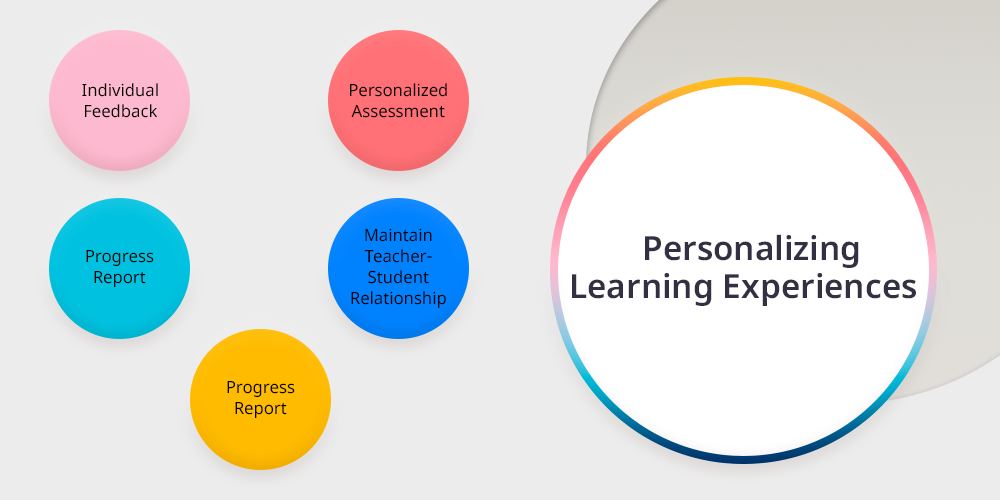
Personalizing learning approaches a a method in which education can be catered to according to the student’s needs. As the understanding level and learning style are different for every student.
This initiative allows for development of engaging and more active learning tactics for students. Below you can check the personalized experiences.
1. Individual Feedback:
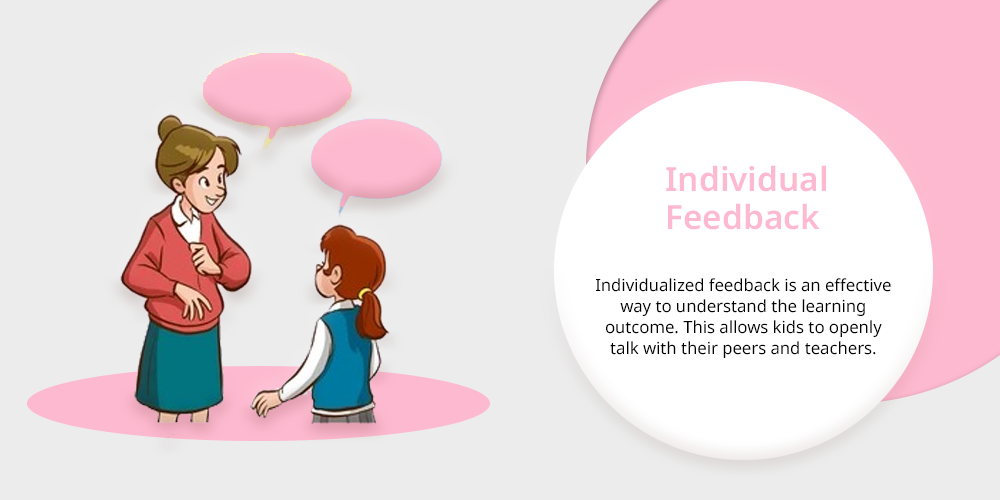
Individualized feedback is an effective way to understand the learning outcome. This allows kids to openly talk with their peers and teachers.
Through feedback, it is easy for teachers to understand whether you will need extra attention in a specific subject’s or not, and also helps in drawing attention to it.
2. Personalized Assessment:
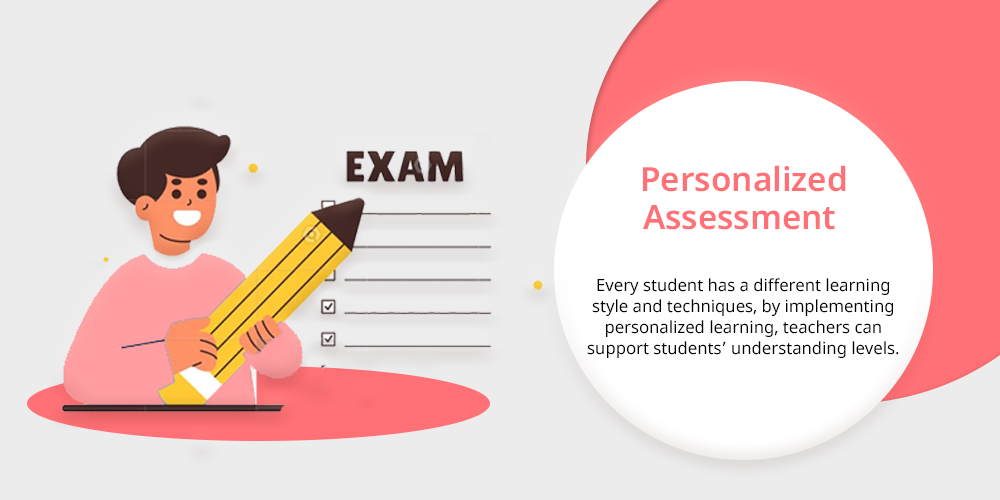
Every student has a different learning style and techniques, by implementing personalized learning, teachers can support students’ understanding levels.
Techniques from the personalized education system are used to guarantee that each student will get the help and resources required for their academic development.
3. Progress Report:
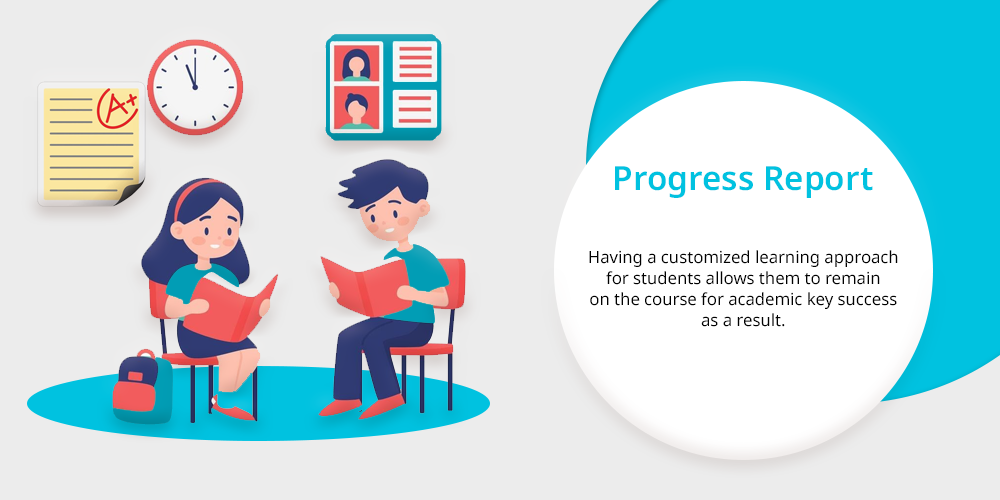
This method also helps teachers to understand the progress of students. By understanding students learning journey and need to study adjustments can be made accordingly.
Having a customized learning approach for students allows them to remain on the course for academic key success as a result.
4. Maintain Teacher-Student Relationship:

One of the effective features of personalized learning is that it maintains teacher-student relationships. Teacher-student relation helps in building a safe and prosperous environment that allows kids to engage in learning activities.
Through personalized experience teachers can understand the needs of the students and help in making connections with them.
5. Future Growth:
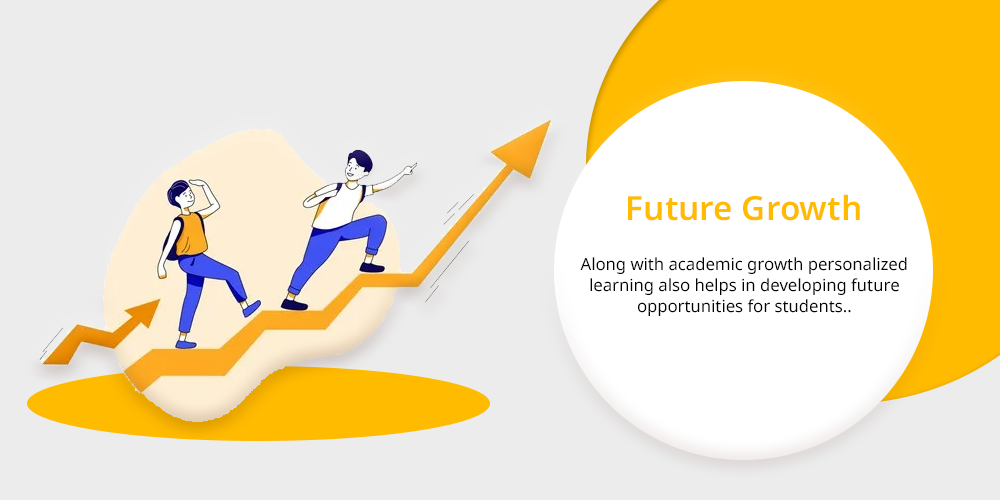
Along with academic growth personalized learning also helps in developing future opportunities for students.
Significant academic progress is achieved through the implementation of personalized learning which emphasizes assessments and tailored feedback, as well as helps in achieving future career advancement.
Creating a Positive Inclusive Environment
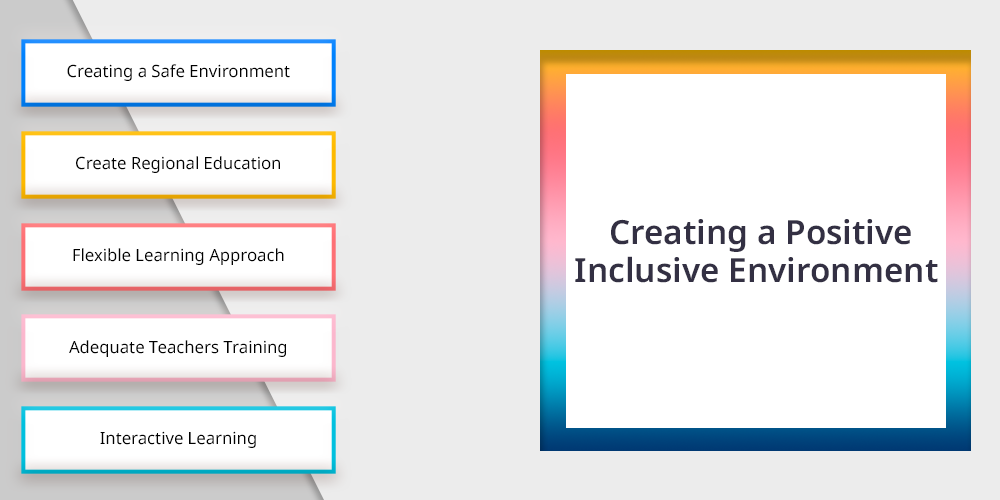
Inclusive environment is very essential in promoting holistic development of students. Teachers can use various engagement strategies to promote an inclusive environment.
Teachers can actively address inclusiveness by encouraging students,and creating a respectful and safe environment and inclusive curriculum. Here are the ways through which a positive inclusive environment can be created.
1. Creating a Safe Environment:
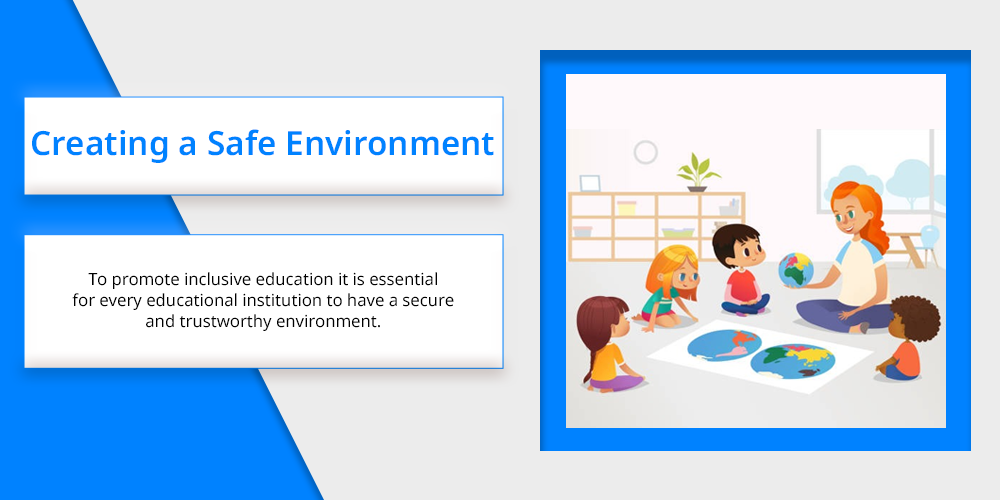
To promote inclusive education it is essential for every educational institution to have a secure and trustworthy environment.
To help children feel safe and secure schools can implement programs like counseling, fostering a healthy relationship between students and teachers and providing adequate resources.
2. Create Regional Education:
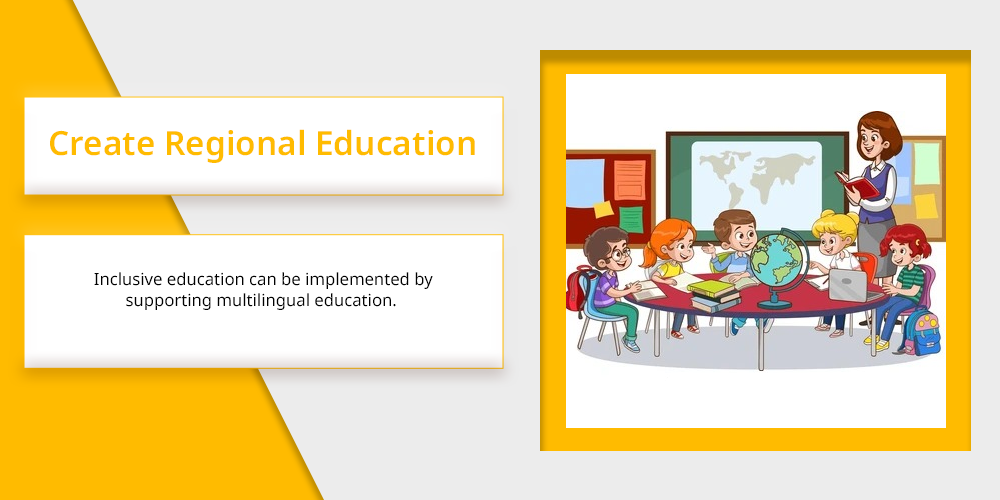
Through regional education, engage students in classes and allows them to have inclusiveness in their education. Inclusive education can be implemented by supporting multilingual education.
This can be done by encouraging students to communicate in their common language, understand regional history, setting up special language classes and so on.
3. Flexible Learning Approach:
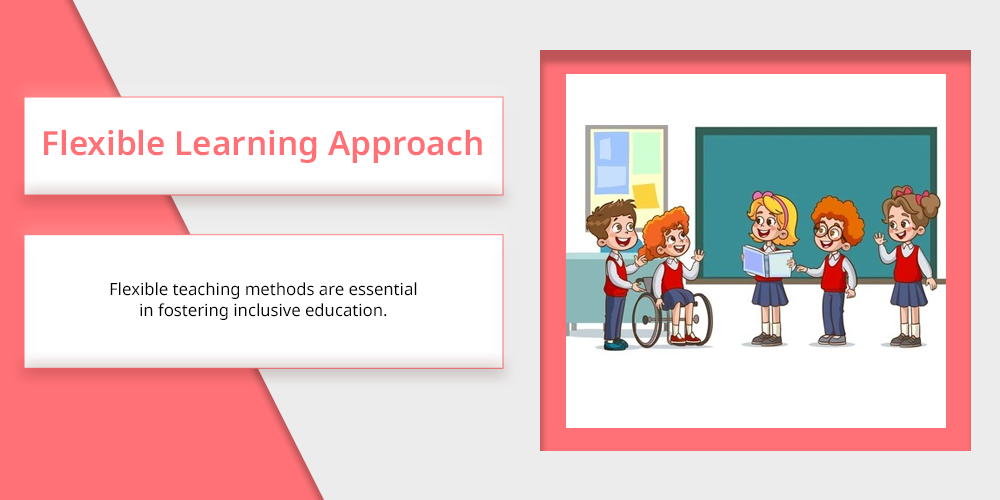
Flexible teaching methods are essential in fostering inclusive education.
The learning capacity of students can be achieved from diverse backgrounds by fostering a welcoming environment and offering them simple learning opportunities.
4. Adequate Teachers Training:
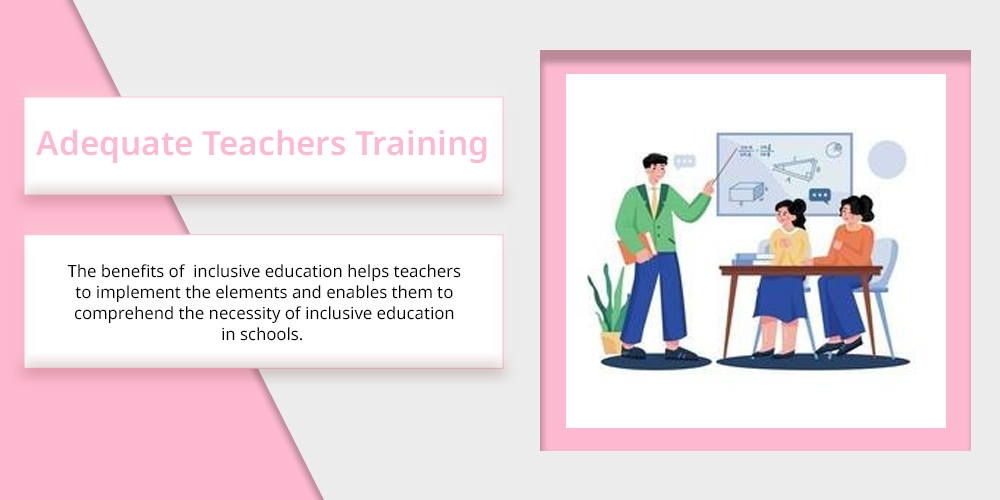
By providing teachers with proper training about inclusive or equal education this problem can be eradicated by giving staff members or teachers instruction on diversity and inclusive education.
The benefits of inclusive education helps teachers to implement the elements and enables them to comprehend the necessity of inclusive education in schools.
5. Interactive Learning:
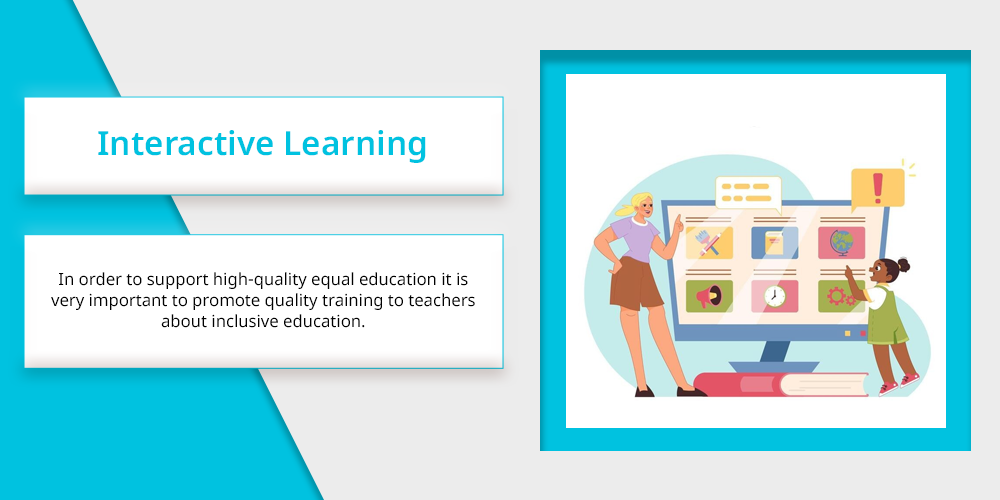
In order to support high-quality equal education it is very important to promote quality training to teachers about inclusive education.
Inclusive education helps students from different backgrounds to understand one another. It will also lessen students’ fear of their teachers.
Active Assessment and Feedback Strategies
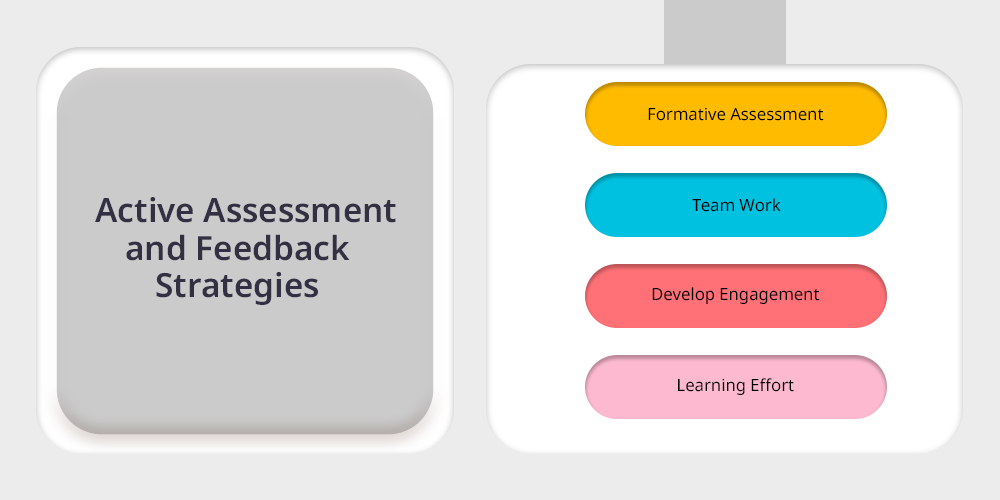
A feedback strategy is a method which helps students and teachers to understand their weaknesses and improvements.
The main aim of the feedback strategy is to recognize their areas of strength and weakness and where development is required.
A feedback strategy can be written, verbal, and even self-assessment. Below you can check the strategies for feedback and assessment.
1. Formative Assessment:
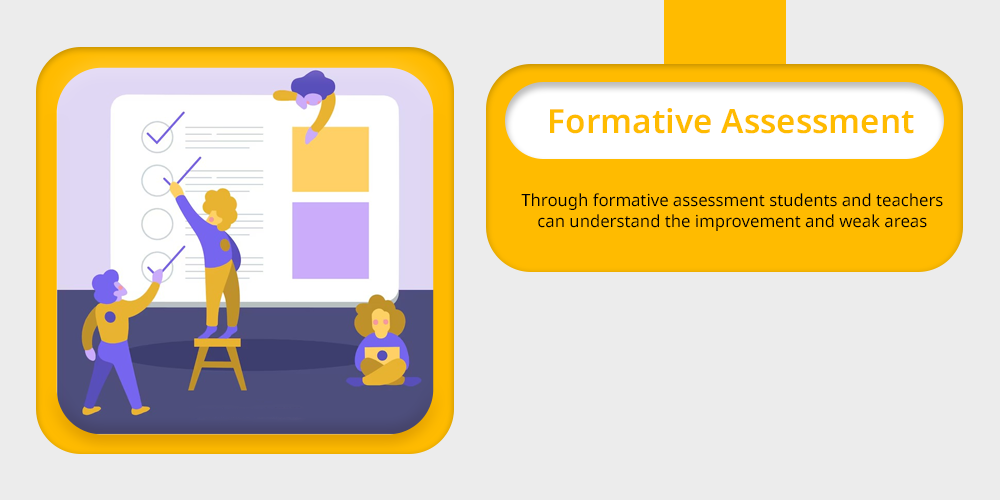
Formative assessment is one of the effective ways to engage students.
Through formative assessment students and teachers can understand the improvement and weak areas allow them to cope with them and envelop strategies to overcome them.
2. Team Work:
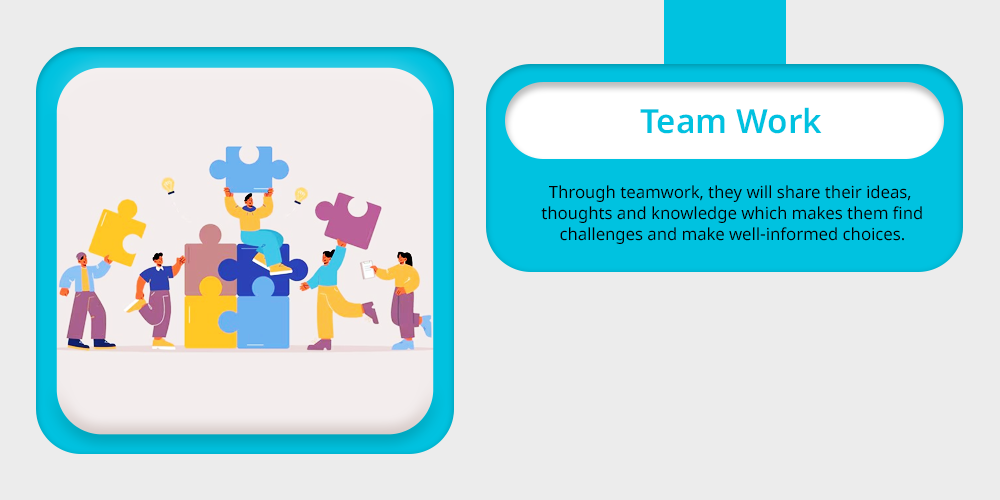
Team work is one of the effective ways of understanding feedback, group work allows peers and teachers to understand the learning area and allows them to have proper understanding attention.
Through teamwork, they will share their ideas, thoughts and knowledge which makes them find challenges and make well-informed choices this also promotes educational equity.
3. Develop Engagement:
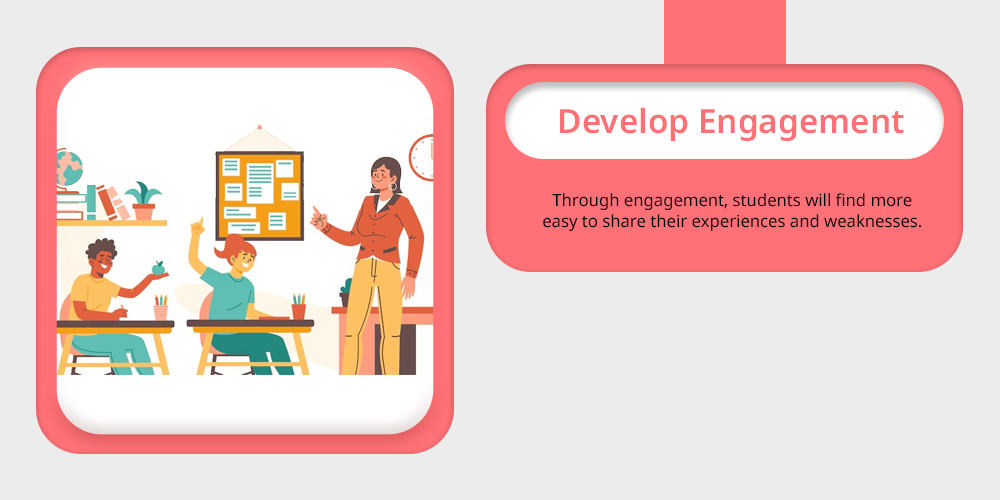
Student engagement strategies are very important for developing feedback strategies.
Through engagement, students will find more easy to share their experiences and weaknesses. This allows teachers as well to develop strategies that allow them to fulfil their intent.
4. Learning Effort:
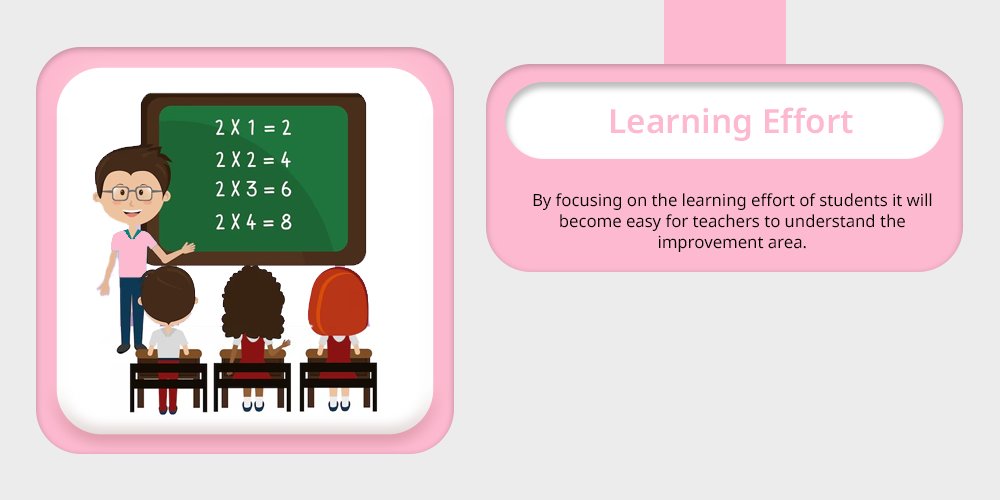
By focusing on the learning effort of students it will become easy for teachers to understand the improvement area.
It is also essential for teachers that instead of focusing on the student’s character or effort it is essential to give students feedback that highlights their work and learning process.
Overcoming Engagement Challenges
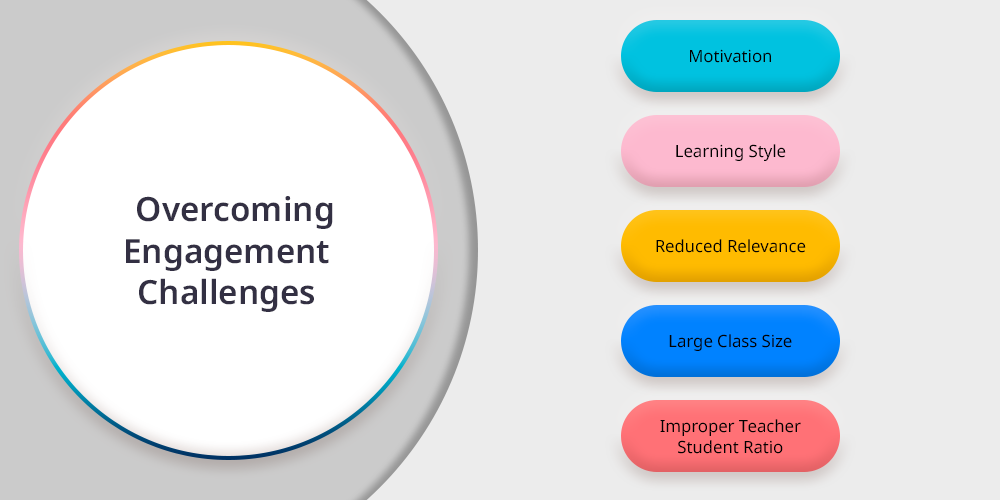
Students Promoting student engagement in the classroom is very much essential in enhancing the positive education and outcome of this student as well as allowing the student to understand their improvement areas and weaknesses.
But still, there are various challenges that hinder student engagement in the classroom.
Such as lack of motivation distraction improper teacher-student ratio large class size and so on. below you can check the challenges that are faced during the engagement of students in the class
1. Motivation:
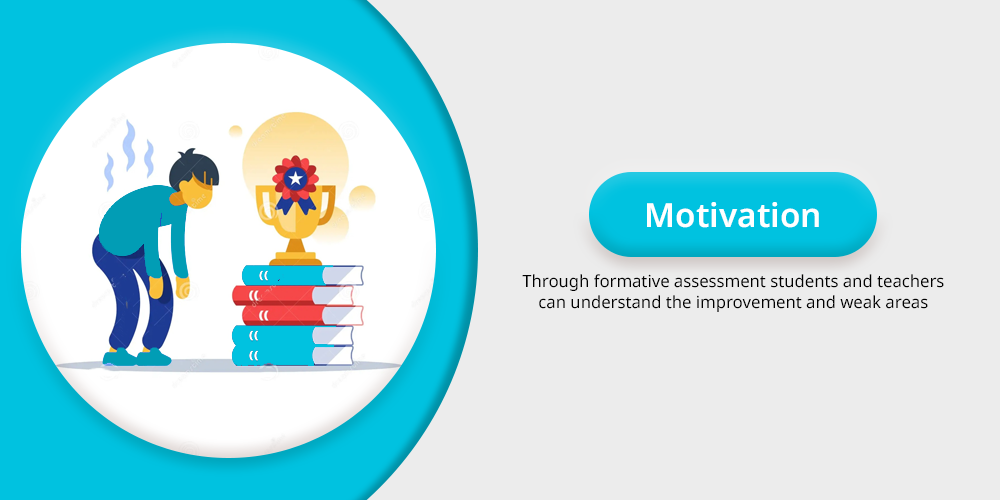
Motivation is one of the major issues that creates hindrances in promoting student engagement. Sometimes lack of motivation cause students to lack interest in the learning process.
This can be overcome through implementing interactive teaching strategies and gamification methods.
2. Learning Style:
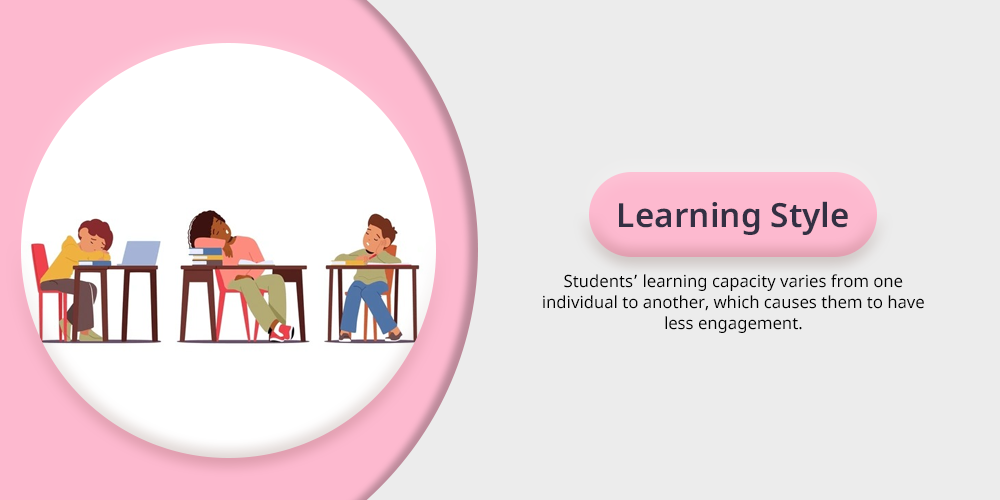
Students’ learning capacity varies from one individual to another, which causes them to have less engagement.
This problem can be overcome by implementing new teaching strategies and learning styles. A teacher can ask questions to students to enhance their understanding level.
3. Reduced Relevance:
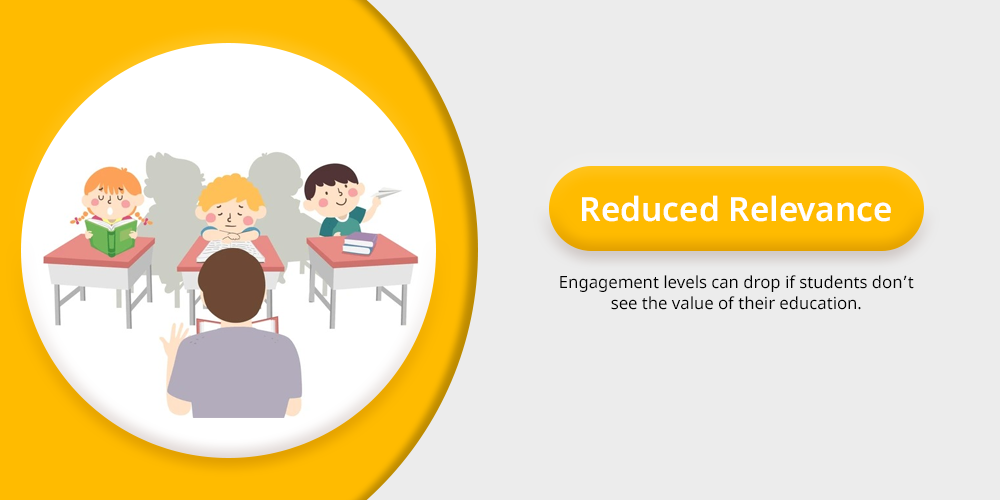
Engagement levels can drop if students don’t see the value of their education. This can be overcome if teachers should work to make learning relevant by relating the material to real-world situations.
4. Large Class Size:
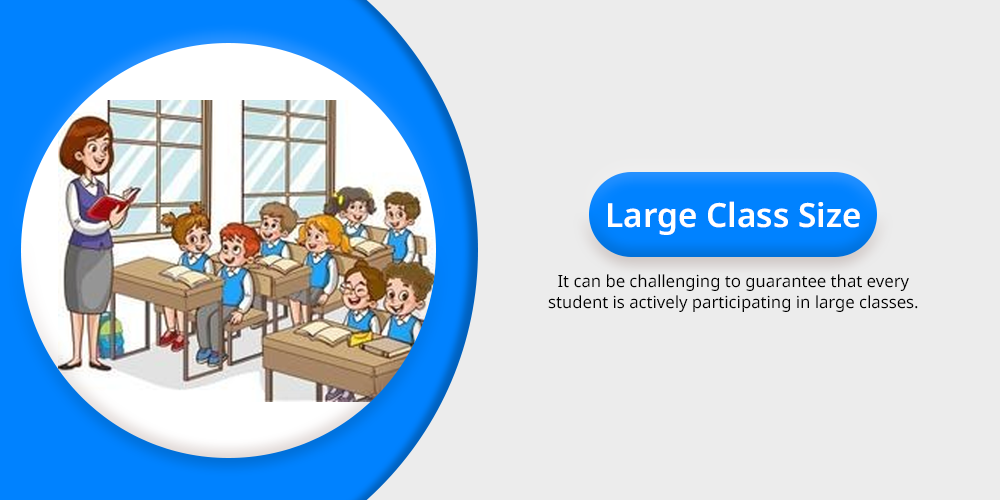
One of the major issues with student engagement is large class size. It can be challenging to guarantee that every student is actively participating in large classes.
It can be overcome if teachers can breaks down the large classes into smaller ones.
5 .Improper Teacher Student Ratio:
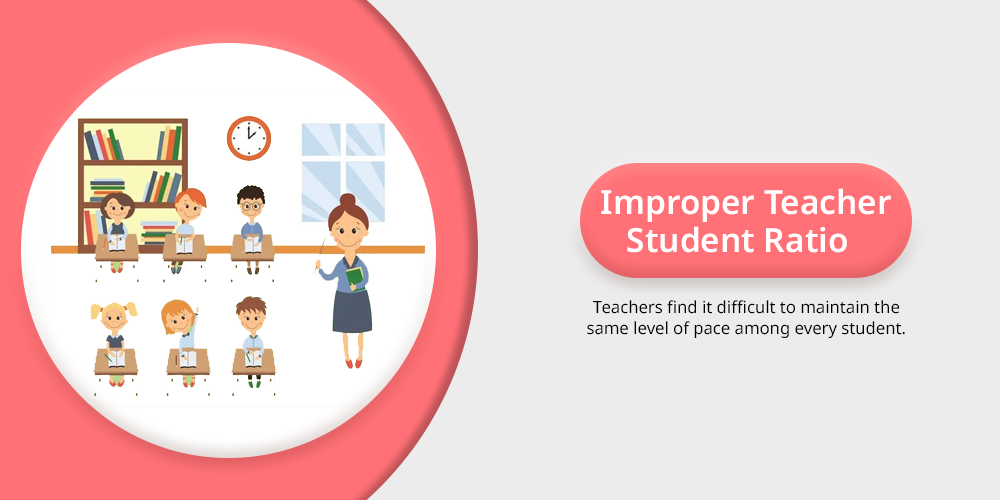
One of the reasons for improper student engagement strategies is inadequate teacher-student ratio. Teachers find it difficult to maintain the same level of pace among every student.
This can be overcome by implementing a proper teacher-student ratio.
Conclusion
To improve academic performance and establish a supportive learning environment it is imperative to cultivate student engagement.
Teachers can pique students interest and encourage students active participation in their education by utilizing innovative and engaging teaching techniques like gamification group discussions, group work, field trips and experiential learning.
Further factors that increase student engagement include utilizing technology and multimedia encouraging group projects customizing educational experiences and fostering an inclusive atmosphere.
Thoughtful tactics and modifications can be used to overcome obstacles like low motivation different learning styles and big class sizes. In the end a dedication to student engagement enhances their educational experience and sets them up for success in the future.


